Rising Vehicle Production and Sales
The automotive axle market is closely tied to the overall vehicle production and sales trends in the US. With the automotive industry experiencing a resurgence, vehicle production is projected to grow steadily in the coming years. Recent statistics indicate that light vehicle sales in the US are expected to reach approximately 17 million units annually by 2026. This increase in vehicle production directly correlates with a heightened demand for axles, as each vehicle requires a set of axles for functionality. Consequently, the automotive axle market is poised for growth, driven by the expanding vehicle manufacturing landscape.
Growing Demand for Electric Vehicles
The automotive axle market is experiencing a notable shift due to the increasing demand for electric vehicles (EVs) in the US. As consumers become more environmentally conscious, the adoption of EVs is projected to rise significantly. According to recent data, the EV market share in the US is expected to reach approximately 30% by 2030. This surge in EV adoption necessitates the development of specialized axles that can accommodate the unique requirements of electric drivetrains. Consequently, manufacturers in the automotive axle market are investing in innovative designs and materials to enhance performance and efficiency, thereby driving growth in the industry.
Increased Focus on Safety and Performance
The automotive axle market is witnessing an increased focus on safety and performance features. These features are becoming integral to vehicle design. As consumers prioritize safety, manufacturers are compelled to enhance axle designs to improve vehicle stability and handling. Innovations such as advanced braking systems and enhanced suspension components are becoming integral to axle development. This trend is likely to drive demand for high-performance axles that can withstand rigorous driving conditions while ensuring passenger safety. The automotive axle market is thus evolving to meet these consumer expectations, leading to advancements in design and technology within the industry.
Technological Advancements in Manufacturing
Technological advancements in manufacturing processes are significantly impacting the automotive axle market. Innovations such as 3D printing, automation, and advanced materials are enabling manufacturers to produce axles with improved precision and reduced costs. For instance, the adoption of 3D printing technology allows for rapid prototyping and customization of axle designs, which can lead to enhanced performance characteristics. As these technologies become more prevalent, the automotive axle market is likely to witness increased efficiency in production, ultimately benefiting both manufacturers and consumers. This trend suggests a shift towards more sophisticated manufacturing techniques within the industry.
Regulatory Compliance and Emission Standards
The automotive axle market is influenced by stringent regulatory compliance and emission standards imposed by the US government. These regulations aim to reduce greenhouse gas emissions and improve fuel efficiency across the automotive sector. As a result, manufacturers are compelled to develop axles that not only meet these standards but also enhance vehicle performance. The automotive axle market is likely to see an increase in demand for lightweight and efficient axle designs that contribute to overall vehicle efficiency. This regulatory landscape is expected to drive innovation and investment in the industry, as companies strive to align their products with evolving standards.


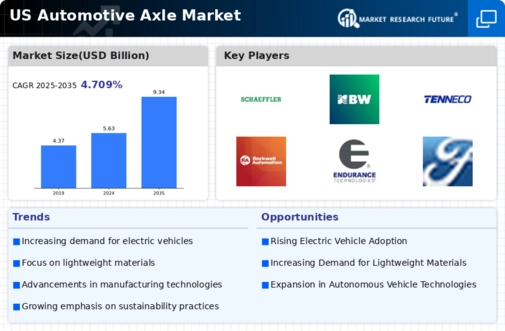
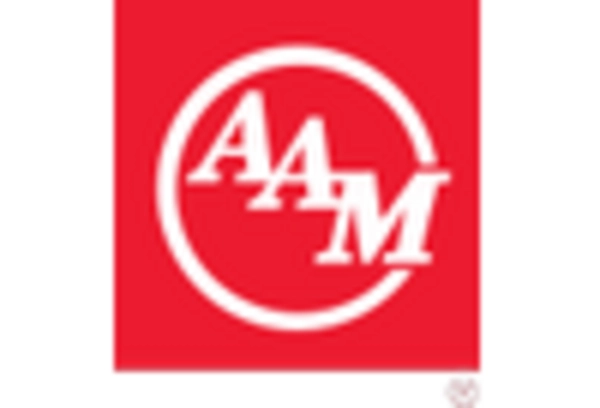
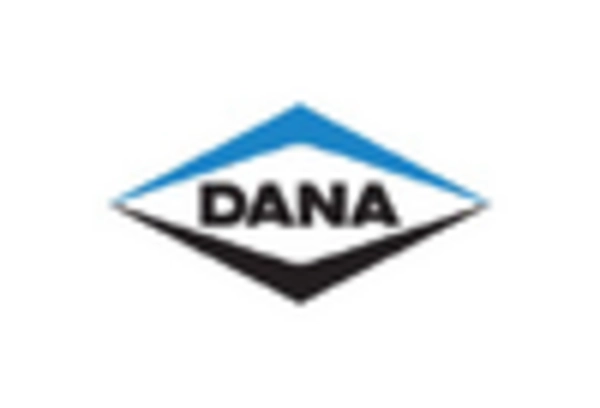
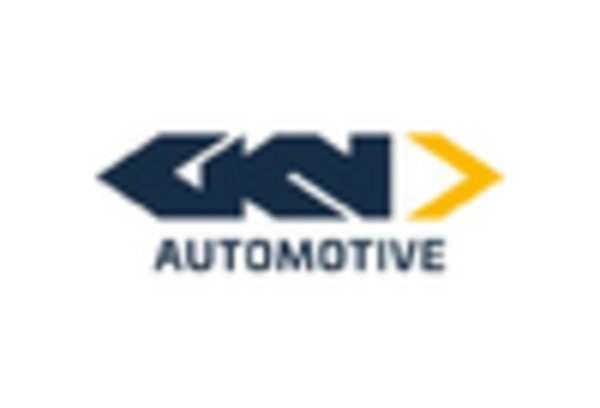


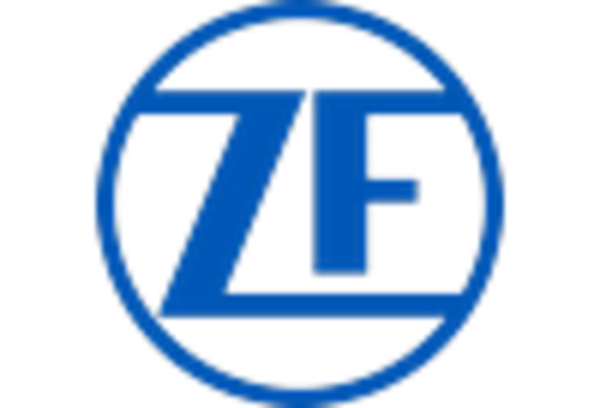








Leave a Comment